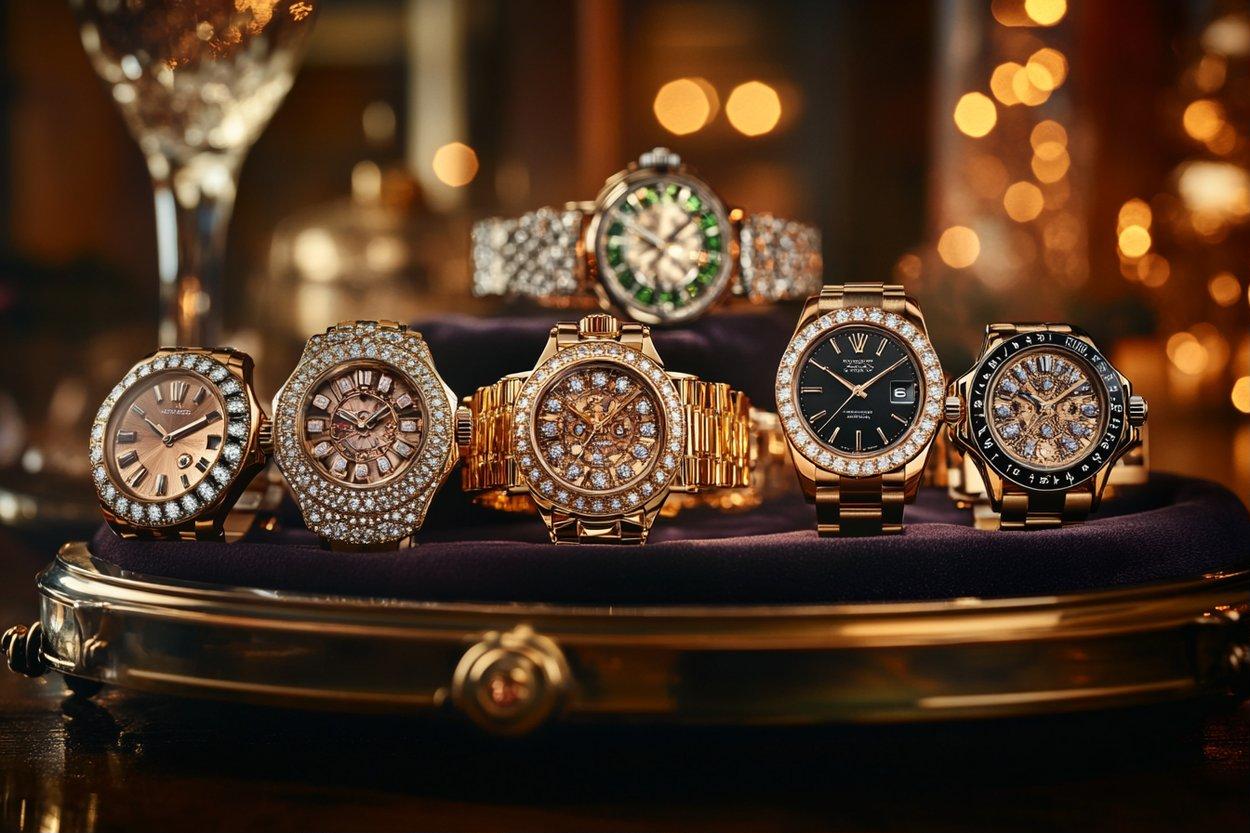Types Of Wedding Rings Explained
Wedding rings come in many forms, from plain bands to detailed designs with stones or patterns. Each type has its own look and meaning, giving couples choices that fit their style and traditions. In this article, you will learn about the main types of wedding rings, including classic gold, modern platinum, and rings with diamonds or other details. The guide also explains how these rings are used in different settings and why they are an important part of marriage traditions across the world.

What Are the Main Types of Wedding Rings Available?
Wedding rings come in numerous varieties, each distinguished by material, design, and craftsmanship. The most common categories include metal type, setting style, and decorative elements. Traditional options feature classic metals like gold and platinum, while contemporary choices incorporate titanium, tungsten, and alternative materials. Ring styles range from simple bands to elaborate designs featuring gemstones, engravings, or unique textures. Understanding these fundamental differences helps couples navigate the selection process and identify rings that align with their lifestyle and aesthetic preferences.
How Do Gold Wedding Rings Compare Across Different Karats?
Gold wedding rings remain among the most popular choices for their timeless appeal and versatility. Pure gold is too soft for everyday wear, so it’s alloyed with other metals to increase durability. The most common options include 14k, 18k, and 22k gold, with each offering different benefits. Yellow gold provides the classic, traditional appearance, while white gold offers a modern, silvery look similar to platinum. Rose gold has gained popularity for its romantic, vintage-inspired hue created by adding copper to the alloy. Higher karat gold contains more pure gold but may be softer and more prone to scratching during daily wear.
What Makes Platinum Wedding Rings a Premium Choice?
Platinum wedding rings represent the pinnacle of luxury and durability in precious metal jewelry. This naturally white metal maintains its color without requiring rhodium plating, unlike white gold alternatives. Platinum is significantly denser and more durable than gold, making it ideal for securing precious stones and withstanding daily wear. The metal develops a natural patina over time, which many couples appreciate for its character, though it can be polished to restore its original luster. Platinum’s hypoallergenic properties make it suitable for individuals with sensitive skin who may react to gold alloys.
Why Choose Diamond Wedding Rings?
Diamond wedding rings offer unmatched brilliance and symbolism, representing eternal love through the stone’s remarkable durability and fire. These rings typically feature diamonds as center stones, accent stones, or in eternity band configurations where gems encircle the entire band. Diamonds are graded based on the four Cs: cut, color, clarity, and carat weight. Popular settings include solitaire, halo, three-stone, and pave designs. Lab-grown diamonds have emerged as an alternative to mined stones, offering identical physical properties at potentially lower costs while addressing ethical mining concerns.
What Alternative Metal Options Exist for Modern Couples?
Modern couples increasingly explore alternative metals that offer unique properties and contemporary aesthetics. Titanium provides exceptional strength while remaining lightweight, making it comfortable for daily wear. Tungsten carbide offers remarkable scratch resistance and maintains its polish indefinitely, though it cannot be resized. Palladium, a platinum group metal, provides similar characteristics to platinum at a more accessible price point. Stainless steel appeals to budget-conscious couples seeking durability and modern styling. These alternative metals often accommodate active lifestyles better than traditional precious metals.
| Ring Type | Material | Price Range | Key Features |
|---|---|---|---|
| 14k Gold Band | Yellow/White/Rose Gold | $200-$800 | Durable, classic, customizable |
| Platinum Band | Platinum | $800-$2,500 | Hypoallergenic, premium, naturally white |
| Diamond Solitaire | Gold/Platinum with Diamond | $1,000-$10,000+ | Timeless, brilliant, various carat options |
| Titanium Band | Titanium | $100-$500 | Lightweight, strong, modern |
| Tungsten Band | Tungsten Carbide | $150-$600 | Scratch-resistant, permanent polish |
Prices, rates, or cost estimates mentioned in this article are based on the latest available information but may change over time. Independent research is advised before making financial decisions.
Wedding ring selection ultimately depends on personal preferences, lifestyle considerations, and budget constraints. Traditional precious metals like gold and platinum offer timeless appeal and excellent resale value, while alternative metals provide modern aesthetics and practical benefits for active individuals. Diamond wedding rings add brilliance and symbolic meaning but require higher investment and ongoing care. Couples should consider factors such as daily activities, skin sensitivities, maintenance requirements, and long-term style preferences when making their decision. Visiting local jewelry stores allows hands-on comparison of different materials and styles, helping ensure the chosen rings will be cherished for decades to come.




